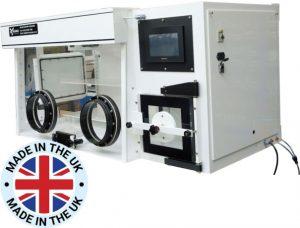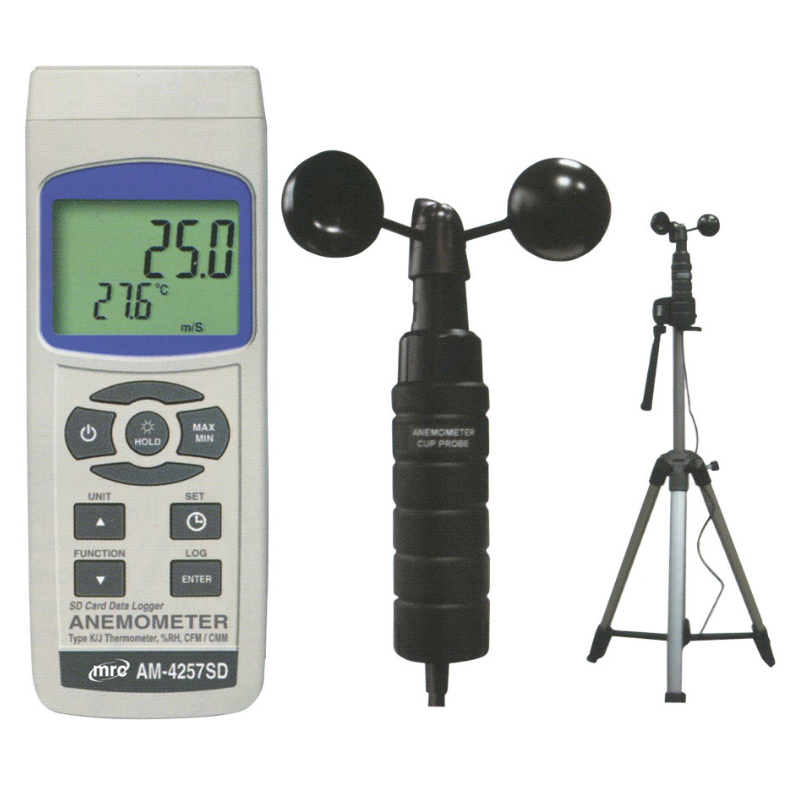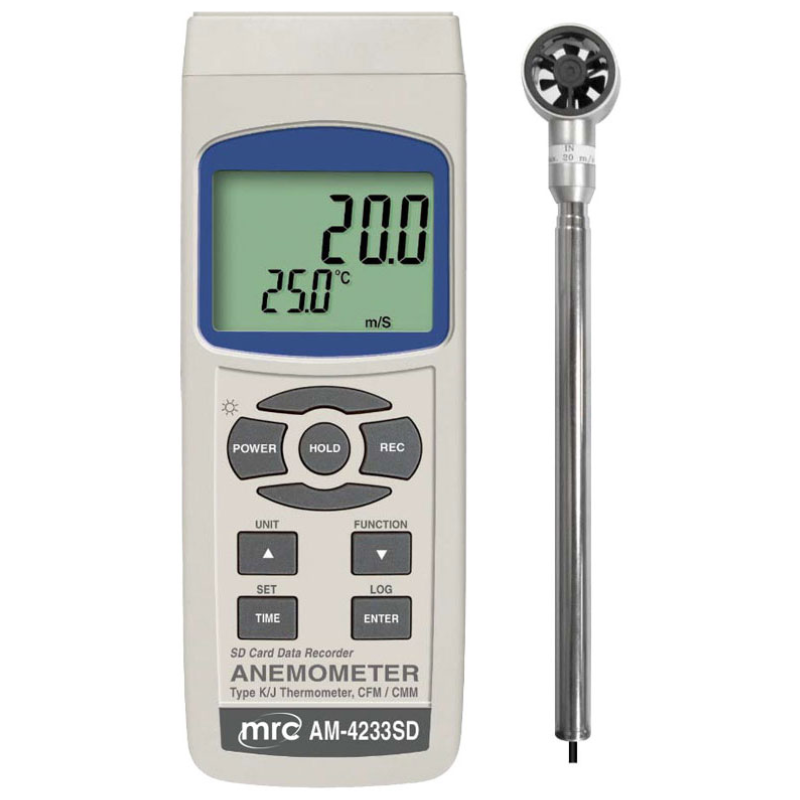Microorganisms, invisible to the naked eye, dominate the planet. While many microorganisms thrive in oxygen-rich environments, there is a subset known as anaerobic microorganisms that prefer oxygen-depleted conditions. Anaerobic microbiology is the branch of science dedicated to studying these remarkable organisms that flourish in the absence of oxygen. In this article, we will delve into the intriguing world of anaerobic microbiology, exploring its significance, characteristics of anaerobic microorganisms, and their diverse roles in different environments.
Understanding Anaerobic Microbiology
Anaerobic microorganisms are living entities that can grow and survive without the presence of oxygen. Instead of utilizing oxygen as a terminal electron acceptor during respiration, they employ alternative metabolic pathways to obtain energy. These pathways involve the breakdown of organic compounds, such as carbohydrates, proteins, and fats, through processes like fermentation and anaerobic respiration.

Characteristics of Anaerobic Microorganisms
- Oxygen Sensitivity: Anaerobic microorganisms are extremely sensitive to oxygen and can be harmed or even killed in its presence. They lack the enzymes necessary to neutralize or detoxify reactive oxygen species, leading to oxidative damage.
- Metabolic Flexibility: Anaerobic microorganisms exhibit remarkable metabolic diversity. They can utilize a wide range of organic and inorganic compounds as energy sources, including sugars, amino acids, organic acids, and even gases like hydrogen and methane.
- Adaptations to Low Redox Potential: Anaerobic microorganisms have evolved unique mechanisms to cope with low redox potential conditions. They employ specialized enzymes that facilitate energy conservation under anaerobic circumstances.
- Ecological Niches: Anaerobic microorganisms are found in diverse environments, including the human gastrointestinal tract, wetlands, deep-sea hydrothermal vents, and soil. They contribute significantly to biogeochemical cycles and are involved in processes such as nutrient recycling and decomposition.
Roles of Anaerobic Microorganisms
- Gut Microbiota: They produce beneficial compounds like short-chain fatty acids, vitamins, and neurotransmitters, influencing human health and well-being.
- Environmental Impact: Anaerobic microorganisms actively participate in biogeochemical cycles, such as the carbon, nitrogen, and sulfur cycles. They contribute to the decomposition of organic matter, methane production in wetlands, and sulfate reduction in marine sediments.
- Industrial Applications: Anaerobic microorganisms have significant applications in various industrial processes. For instance, they are used in the production of biofuels, biogas generation through anaerobic digestion, and wastewater treatment.
Studying Anaerobic Microbiology: Research in anaerobic microbiology involves a range of techniques, including molecular biology, metagenomics, metatranscriptomics, and cultivation-based approaches. Scientists employ anaerobic chambers and specialized growth media to create oxygen-free environments for studying anaerobic microorganisms.
Applications of Anaerobic Microbiology
Anaerobic microbiology has wide-ranging applications in various fields, from environmental conservation to healthcare and industry. The unique characteristics and metabolic capabilities of anaerobic microorganisms make them valuable in several areas. Let’s explore some of the key applications of anaerobic microbiology:
- Environmental Remediation: Anaerobic microorganisms is important in environmental cleanup. They can degrade and detoxify various pollutants and contaminants, including organic compounds, heavy metals, and pesticides. Anaerobic bioremediation techniques are employed to treat contaminated soil and groundwater, ensuring the restoration of polluted environments.
- Wastewater Treatment: Used in wastewater treatment processes. Anaerobic digestion is a common method employed to treat organic waste, such as sewage sludge and industrial effluents. These microorganisms break down complex organic compounds, converting them into simpler, less harmful substances, and producing biogas as a valuable byproduct.
- Biogas Production: Anaerobic microbiology plays a vital role in biogas production. Microbes in anaerobic digesters break down organic materials like agricultural waste, food waste, and manure to produce biogas, primarily composed of methane and carbon dioxide. Biogas is a renewable energy source and can be used for electricity generation, heating, and cooking, thereby reducing reliance on fossil fuels.
- Biofuel Production: Anaerobic microorganisms are utilized in the production of biofuels, such as bioethanol and biobutanol. These microorganisms can ferment various feedstocks, including lignocellulosic biomass, agricultural residues, and dedicated energy crops, converting them into valuable biofuels. Biofuels derived from anaerobic processes have the potential to mitigate greenhouse gas emissions and reduce dependence on fossil fuels.
- Food and Beverage Industry: Anaerobic microbiology is important in the food and beverage industry. For example, the fermentation process in producing various fermented foods and beverages, such as yogurt, cheese, beer, wine, and sourdough bread, relies on the metabolic activities of anaerobic microorganisms. These microorganisms convert sugars and other compounds into desired flavors, textures, and preservatives, enhancing the quality and taste of these products.
- Medical and Pharmaceutical Applications: Anaerobic microorganisms have implications in medical and pharmaceutical research. They are responsible for several human infections, including dental infections, abscesses, and gastrointestinal infections. Understanding the characteristics and behavior of anaerobic microorganisms helps in diagnosing and treating anaerobic infections effectively. Additionally, anaerobic microbiology is crucial in the development of antibiotics targeting anaerobic bacteria.
- Biotechnology and Enzyme Production: Anaerobic microorganisms produce various enzymes with industrial applications. These enzymes, such as cellulases, proteases, and lipases, are used in numerous biotechnological processes, including biofuel production, food processing, and waste treatment. Anaerobic microbiology enables the identification, isolation, and optimization of these enzymes for various industrial purposes.
CONTACT US







